Technology
Amazon brand story; A store for everything
Published
2 months agoon


Amazon brand story; A store for everything
Amazon became a full-fledged empire with the Machiavellian leadership of Jeff Bezos; An extremely successful company, always greedy and unstoppable. Only Bezos knew how to expand the boundaries of his dominance in the midst of the never-ending competitive war of the big tech companies.
This article was updated on the occasion of Amazon’s founding anniversary on July 15, 1403.
Jeff Bezos chose Seattle to start Amazon because he knew very well that he would find the technical talent he wanted in this area; Because that was the city of Microsoft. Thus, the history of Amazon became a narrative that motivated entrepreneurial students for years; The story of starting a business from a home garage and leading it to reach the pinnacle of technology and even beyond imagination.
Amazon is now celebrating its 30th anniversary as the world’s largest e-commerce company. The brand derives the majority of its operating profit from segments such as cloud computing, Amazon Web Services (AWS), and the generative artificial intelligence platform Bedrock. In the field of media, Amazon has entered the “streaming world” with Amazon Prime Video and seeks to maintain and increase its share of the subscription market.
Amazon’s origins are rooted in third-party seller services, subscription services, and advertising. The spokesperson of the company defined his goal in a conversation with the US Securities and Exchange Commission as follows:
We naturally want to achieve the maximum sales possible, and we pursue this goal by improving the overall customer experience. By lowering prices, improving accessibility, delivering orders faster, expanding the range of choices and providing product information, Amazon provides people with a platform that is easy to use and earns their trust.
But to this day, Jeff Bezos and his company have repeatedly made headlines not only for their pioneering services but also for the sad, scary, and controversial stories that have leaked out of the company’s giant warehouses. Join us to review the ups and downs of Amazon over the past 30 years.
History of establishment
In 1994, Jeff Bezos was looking at the phenomenon of “The Internet” and was thinking about the results of the reports that they had written about the huge growth of the World Wide Web during the past year. He deeply believed that there must be a way to take advantage of this rapid growth, so he spent several weeks working late into the night on various ideas.
The online store was the most reasonable and futuristic plan that did not leave the mind of Jeff Bezos. After careful consideration, he made a list of 20 products that were more likely to be sold online; Then he narrowed the list down to five items and finally came to the conclusion that there is no better option than books to get started.
Bezos’s decision to leave his good job at DE Shaw was opposed by his boss and his family; But Bezos was determined to implement his idea, even if he failed and had to return from the world of entrepreneurship to the lifestyle of an employee.
The development of the experimental version of the platform began in the garage of Bezos’ house in the suburbs of Seattle, and it took some time for the team to rent a two-bedroom apartment.
 Jeff Bezos in the early years of launching Amazon’s online bookstore
Jeff Bezos in the early years of launching Amazon’s online bookstore
Bezos launched his startup with the name Cadabra in July 1994, and when a lawyer heard the name of the startup mistakenly as Cadaver (which means corpse) during his phone conversations with him, he realized that he had to change the name before the company was officially registered.
When Jeff Bezos chose the name of his startup, he was fascinated by the wonder of the river and the Amazon jungle.
In September of the same year, he bought the domain name Relentless.com, but his friends convinced him that this word was worse than the previous name of the startup and would not have a good impression in the minds of customers. After that, Bezos went to the dictionary and came across the word Amazon in the same letter A.
Read more: The story of the Tesla brand
Amazon is one of the largest rivers in the world and the Amazon forest is one of the strangest and most diverse places on the planet. These qualities were exactly what he wanted from his business: greatness and inclusiveness.
In the first days of work, every time the company registered an order, a bell rang in the office. Then all the employees would gather to see if they knew the buyer or not; But just a few weeks later, the number of orders had increased so much that such a thing was not possible. Amazon had shipped books to 50 US states and more than 45 different countries in the first two months of its launch.
The interesting thing is that Bezos got a million dollar capital for the development of the first platform from his former colleagues on Wall Street, his university classmates, and of course his family. At this stage, his parents invested more than 300,000 dollars in their son’s new business.
Amazon sent books to 50 US states and more than 45 different countries in two months
Bezos later said that from the beginning he viewed Amazon as a technology company, not a bookstore. By the way, this vision was ridiculed by the tech people at the time, to the point where Barron’s magazine published a cartoon of Bezos with the headline “Amazon. bomb”.

In 2021, Bezos, who still remembered the story of the cover of Barron’s magazine, published the same photo on X social network and wrote:
Listen to opposing voices and keep an open mind; But don’t let anyone tell you where you stand. [Barron’s] was just one of those stories telling us that all the ways we’re going will fail in the future; But today, Amazon has become one of the most successful companies in the world and has revolutionized two completely different industries.
General store
Bezos envisioned a global online retail platform, starting with books and eventually expanding into the realms of industrial stores, sporting goods, jewelry, food, music, and video, as well as working with independent retailers and beyond. would find Amazon was supposed to be the “everything” store.
Bezos’ management motto was a three-word phrase emblazoned on employees’ T-shirts: “Grow Fast.” Like many startups, Amazon experienced rapid growth in the beginning and then consecutive quarterly losses.
Although Amazon’s sales and cash flow were strong, most of the revenue was spent on updating the platform as well as improving services such as reducing delivery times and inventory management and control. In 2003, Amazon made a positive profit for the first time.

Bezos had designed Amazon’s business strategy in such a way that it would not require any warehouses, but in 1997 the company had to abandon the original plans. When the team set out to find the first warehouse, no one thought that one day thousands of small and large Amazon warehouses would appear all over the United States.
Amazon printed its slogan on its employees’ t-shirts: “Grow fast”
On its way to becoming the world’s largest e-commerce company, Amazon opened its doors to other sellers in 2000, giving independent retailers space to offer a variety of new, used, refurbished, or unique items.
According to the plan, Amazon remained the host platform for the retailers and handled much of the logistics in exchange for transaction fees. Sellers’ acceptance of Amazon’s services made this company introduce the service “Fulfillment by Amazon” or FBA; In this way, sellers could send their inventory to Amazon’s warehouses by paying a higher fee so that the company handles the processes of storage, shipping and delivery of goods, as well as customer relationship management services for them.
Amazon’s third-party seller services continued to grow, and by 2023, it would account for about 60% of the company’s total e-commerce sales.
The world of cloud computing and storage: Amazon Web Services (AWS)
Jeff Bezos’ vision of Amazon as a technology company was largely realized with the launch of the AWS division in 2002. In the early years, this department provided developers and marketers with data on Internet traffic patterns, website popularity, and other key statistics.
Since 2006, the AWS division has offered its cloud computing and infrastructure services to companies and businesses that could not (or did not want to) invest in a separate infrastructure for hosting and storing their processing. Amazon’s first step in this direction was the introduction of S3 service; A scalable storage service that allowed users to store and retrieve their data and files with high security.
 AWS event to introduce Amazon cloud services to technology businesses
AWS event to introduce Amazon cloud services to technology businesses
AWS provides the cloud infrastructure of many world-renowned companies
Another service that led to AWS’s significant growth was Amazon’s EC2 computing service, which allowed users to create and manage their own virtual machines in the cloud.
Today, Amazon Web Services provides processing, storage and cloud data center infrastructure for millions of businesses around the world, including well-known companies such as BMW, Netflix, Disney, and General Electric.
During the coronavirus pandemic, Moderna Company managed to produce COVID-19 vaccines in a short period of time with the help of Amazon’s computing services.
Moderna brought the COVID-19 vaccine to the production stage using AWS cloud services
By 2023, Amazon’s web service had about one-third of the cloud market and stood above Microsoft Azure and Alphabet’s Google Cloud. AWS is also a very profitable business for Amazon, historically providing 15-18% of the company’s total sales and about 50% of Amazon’s operating income.
Subscription services: Amazon Prime
Amazon Prime was introduced in 2005 as a membership program for Amazon’s service collection and began its work by offering two-day delivery of custom packages in the United States. The number of subscribers of this program reached more than 200 million people in 19 countries by 2023. Jeff Bezos says:
Amazon Prime’s success shows how a customer-centric business can monetize its customers in a way that doesn’t make them feel taken advantage of. People should get what they want as soon as possible and move on with their lives.
 A collection of Amazon Prime services
A collection of Amazon Prime services
Amazon introduced Prime Music in 2007 as an ad-free music streaming service that was included in the standard Amazon Prime subscription. The segment’s services changed in 2022, and although its music catalog had expanded significantly, its streaming style changed to the Pandora platform or listening to radio broadcasts.
Prime Music was the forerunner of the Amazon Music subscription service, which users had to pay a separate fee to use and instead had no restrictions on choosing or rejecting songs.
Prime Video was introduced in 2006 as Amazon’s streaming service for movies and TV series. Over time, Prime Video became one of the largest online video streaming services in the world, which had much wider facilities and also produced film and television works.
Jeff Bezos was personally involved in the negotiations for the Lord of the Rings TV series
For example, Amazon paid $250 million in 2017 to secure the rights to make the Lord of the Rings TV show, and this issue was so important to Bezos that he personally attended the negotiation and contract meetings.
Prime Day: In 2015, in celebration of its 20th anniversary, Amazon held an event called Amazon Prime Day, which was actually a 24-hour celebration and Amazon included hundreds of products with great discounts. This event was somewhat similar to Black Friday and was so well received by users that Amazon made it an annual tradition.
Prime Gaming: Amazon’s video game service started in 2016 under the name Twitch Prime and four years later was rebranded as Prime Gaming. Prime Gaming subscribers have access to free and exclusive games, game packs, exclusive content and internal Amazon store discounts, and can also receive a free game every month.
Prime Air: The initial plan of sending orders with drones was proposed in 2013, but its development continued until a few years later. Amazon’s drones were supposed to deliver small packages (with a maximum weight of 2.5 kg) from the company’s local centers to customers in less than 30 minutes.
It took seven years for the initial tests and government approvals of this program, but its implementation was again delayed; Because each state had to agree to the flights separately.
Alexa: the world’s most popular virtual assistant
In 2011, one of Amazon’s subsidiaries, Lab126, which was responsible for the research and development of many of the company’s projects, including the popular product “Kindle Reader”, secretly began developing a computer that was controlled by voice commands.
In order to obtain the necessary information to complete the project, Lab126 purchased several startups, one of which was the Polish startup Ivona. Alexa was developed based on this startup’s hybrid and speech program.
 The supply of Alexa with Amazon Echo speakers
The supply of Alexa with Amazon Echo speakers
Jeff Bezos wanted a system with hundreds of different voices, each of them performing a specific set of tasks; But David Lamp, the company’s chief executive, disagreed with his decision. He says:
Bezos’ idea provided a magical experience for users, but accessing it was not an easy task and required many inventions.
The demand for “Echo” speakers with the Alexa program reached more than 100 million units in 2019, and Amazon gained 70% of the global market share of American virtual assistants.
Of course, Amazon did not limit the Alexa project to the level of speakers and brought it to display smart TVs and even car systems, mobile phones, and headphones. The main competitors of this virtual assistant are Google Assistant, Apple’s Siri, and Samsung’s Bixby.
As Alexa evolved, so did concerns about the data collected from users, as Amazon has thus far shown an endless appetite for access to more data.
 Alexa’s Big Language Model Introduction event
Alexa’s Big Language Model Introduction event
In 2023, David Lamp , the chief executive of Amazon’s hardware division, announced that the company would use its large language model to evolve Alexa. He said:
Alexa’s language model is optimized solely for our AI assistant’s use cases and has nothing in common with chatbots like Google Bard or ChatGPT.
It was clear that Amazon did not want to act hastily in this field and face the same problems as Google and Microsoft. Lamp explained about this:
When you connect a large language model to the real world, you need to minimize illusions. Although we think we have the right systems in place, we need to do all the necessary testing before releasing this product to the real world.
Whole Foods and physical stores

Amazon’s presence in the grocery market dates back to 2006 and the launch of the Amazon Fresh service. In 2017, Amazon took a big step by buying the chain stores Whole Foods (Whole Foods) to eliminate competitors such as Walmart and Target.
The purchase of Whole Foods was Amazon’s biggest move to beat rivals like Walmart and Target
Amazon also opened 22 branches of the retail chain called Amazon Go, where there were no salespeople.
 There are no salespeople or cashiers in Amazon Go stores
There are no salespeople or cashiers in Amazon Go stores
When customers enter the store, their phone barcodes are scanned. Customers would then walk the length of the store, and pick up the items they wanted, and cameras and sensors on the shelves would record their purchases. This process became famous in the world under the name of Just Walk Out.
Pharmacies and medical clinics
In 2017, Amazon bought the PillPack online pharmacy company for $735 million and covered its services. Three years later the e-commerce giant launched its own independent pharmacies, a move it called “the biggest push ever to the health care business.”
In order to use the services of Amazon pharmacies, users had to create a profile with their real name and details and record their medical and insurance information in it; But Amazon’s efforts in the field of medicine did not end there, and the company introduced its virtual clinics for patients aged 18 to 64 from 2022.
Amazon in the age of artificial intelligence: from Badrak to Anthropic

Three decades ago, Amazon took the first steps that were the background of today’s artificial intelligence by analyzing customer behavior and developing advanced models for suggesting products to users. Amazon executives have always emphasized the principle of improving the consumer experience, but the reality was that the best way to increase the revenue generation of different parts of the company was to develop machine learning algorithms that operate based on user data.
Later, “Alexa Shopping” through natural language processing (NLP) and machine learning algorithms analyzed and implemented all user requests from adding items to the shopping cart to placing orders. This seamless integration of AI into the shopping experience cemented Amazon’s position as one of the leading technology companies.
Amazon uses Nvidia chips and servers to develop its artificial intelligence department
Cooperation with Nvidia was another key decision of Amazon in the field of taking advantage of advanced deep learning and AI technologies. By purchasing a large number of powerful processors and servers from Nvidia, this company tried to increase the speed of artificial intelligence training and interpretation of tasks as high as possible and process a huge amount of data in a shorter period of time with more accuracy.
In 2023, Amazon, like many large technology companies, was influenced by the success of ChatGPT and invested $4 billion in artificial intelligence startup Anthropic to compete with Microsoft, which had previously invested $13 billion in OpenAI.
Before this important contract, which is considered the largest AWS commercial contract, Amazon had a history of cooperation with Entropic in its portfolio, and Amazon customers had access to Entropic’s main artificial intelligence model, Claude, through the Bedrock program, and its services in Amazon’s local models. and used by third-party applications.
In the continuation of 2023, Amazon unveiled its various artificial intelligence projects, such as the artificial intelligence chatbot “Q” and the text-to-image conversion tool “Titan”.
From robotic systems to harrowing reports of workers’ lives: what’s going on in Amazon’s warehouses?
The rapid growth of the Amazon empire was accompanied by the development of the company’s internal automation systems. In the early years of the company’s establishment, the workers were in charge of all the warehousing matters, arranging and finding the goods, but a decade ago, the sorting of warehouses started with the help of computer systems.
In 2022, Amazon announced that by introducing robots and automation systems such as Cardinal, Sparrow, Proteus, and the warehouse space system, it is still working on optimizing these devices.
 Digit robot working in Amazon warehouse
Digit robot working in Amazon warehouse
Siddhartha Srinivasa, director of artificial intelligence at Amazon Robotics, wrote in an article on the company’s website:
Our technology is not going to put workers out of work. Our big goal is to help empower our colleagues to do their jobs better and safer by developing technology.
In October 2023, Amazon announced the use of Sequoia and Digit robots in its centers. With an appearance similar to a digital vacuum cleaner, Sequoia performs the process of storing and processing goods 75% faster than humans, and Digit is a humanoid robot that is responsible for emptying the baskets of goods in the first step.
Amazon executives say the use of robots is a step towards improving worker safety
At the same time, Amazon officials have repeatedly announced that they use robots to increase productivity and improve worker safety, but Amazon’s warehouses have shown the world another dark side that is not very consistent with these claims.
The first reports exposing the harsh working conditions of Amazon workers were published in 2011, but in 2017 the workers’ protest took on a different color.
 Out of every 100 Amazon warehouse workers, 20 suffered serious injuries during work
Out of every 100 Amazon warehouse workers, 20 suffered serious injuries during work
Reports indicated that some workers were sleeping and standing up due to heavy work. While the temperature in the warehouses was between 36 and 43 degrees Celsius, there was no ventilation and the workers passed out from the heat. If a person visited the company’s nursing stations due to adverse health conditions, they had to sign a paper before being discharged stating that their illness was not related to their job. Also, workers were fired if they could not complete their tasks within the specified hours. Actions such as drinking water during working hours or talking resulted in a negative score.
Amazon denied the reports for about a year, but eventually announced in an effort to maintain its public image that it would raise workers’ wages and introduce new regulatory rules to ensure workers’ health.
Researchers consider the working conditions of Amazon warehouses to be inhumane and alarming
In 2023, while Jeff Bezos had stepped down as CEO of Amazon, reports from the Guardian, Times, and Fortune showed that more than half of the company’s workers were still unable to provide daily meals and shelter.
The managers of the warehouses even reduced the time the workers went to the bathroom from their working hours. The workers said we were not as valuable as the robots because if the robots were damaged they would be taken care of quickly. On the other hand, if a worker suffers a serious physical injury during work, he must use unpaid leave for his treatment.
Gutleus, a veteran logistics and warehousing researcher, told The Times:
The story of Amazon is the saddest story of the decline of workers’ expectations from employers.
As of July 2024, Amazon was the sixth most valuable company in the world, with more than one and a half million employees and workers, 100 executive offices in the United States and 180 offices worldwide, and a market value of $2.09 trillion.
Many people in the world don’t know that during the day even when they check a website or watch a movie, they indirectly use Amazon services. Now Amazon is present almost everywhere and continues its path toward a future that will undoubtedly be more competitive than in the past.


You may like
-




What is Kali Linux? Everything you need to know about this popular but mysterious distribution
-

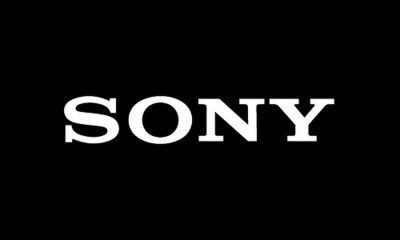


Sony Brand Story; From the production of rice cookers to becoming one of the most famous companies in the world
-




How did the people of the past imagine the future?
-




The story of the Yahoo brand, the story of the fall of a unicorn startup
-

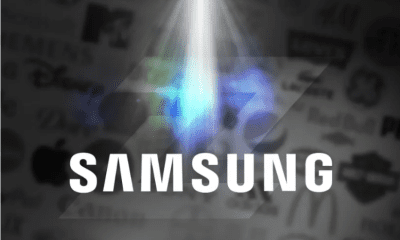


Samsung brand story; Full-view mirror of Korea’s commercial history
-




How to recognize the name of the font from its picture?
Technology
What is Kali Linux? Everything you need to know about this popular but mysterious distribution
Published
24 hours agoon
15/09/2024

What is Kali Linux? Everything you need to know about this popular but mysterious distribution
In today’s technology era, as devices and tools become more advanced, their negative and destructive side also become more complex, and as a result, interaction with them requires more care. Currently, with the pervasiveness of the Internet the strong dependence of our daily lives on it, and the emergence of artificial intelligence, cyber threats have also increasingly spread, and the news of hacking various platforms is heard from left and right.
Considering the cyberization of part of people’s lives (entertainment, chat, and earning), the importance of strong cyber security measures cannot be ignored. Kali Linux or in English Kali Linux is a powerful and open-source Linux distribution that is specifically used for penetration testing and digital research and is considered one of the most important tools in the field of cyber security.
 Kali Linux 2024.3
Kali Linux 2024.3
Every techie has probably thought of installing Kali Linux, even via a virtual machine, to poke around and entertain their inner little scientist.
When users first encounter Kali tools, they see strange names such as BeFF Bettercap Hashcat Metasploit, or Nmap, which are almost difficult to guess their use from the name. Overall, Kali is a powerful distribution, and working with it requires a deep understanding of its tools.
What is Kali Linux?
Kali Linux, formerly known as BackTrack Linux, is a Debian-based Linux distribution developed by Offsec. This Linux distribution hosts hundreds of different tools used for penetration testing, reverse engineering, and vulnerability detection of networks and websites.

Due to the fact that Kali is developed based on Debian, it has high stability and security, and its Debian base allows it to benefit from vast software repositories and a similar package management system. In addition, if you are in the category of users who are already familiar with Debian Linux distributions such as Ubuntu, navigating Kali will not be difficult for you; But for users of other operating systems to enter the world of Linux, learning Kali takes more time.
Another important goal of Kali developers is to give the user unlimited freedom to have an open-source and ever-evolving platform and not just be limited to the tools available on the platform. Thus, even the most detailed parts of the software on Kali are open to optimization by the user.
Who uses Kali?
If you are imagining a sequence of Mr. You’re Robot, which depicts a hall full of professional hackers, and the hackers are sitting behind their systems in hoodies, you’re completely wrong. The use of Kali Linux does not require special clothing and there are professional and skilled experts who appear in their company and workplace every day and are responsible for simulating attacks on the network and discovering and fixing its vulnerabilities.
Other people for whom the use of Kali Linux is useful are instructors who plan to train the next generation of white hat hackers and ethical hackers, and Kali Linux is considered the best toolbox for training.
Key features of Kali Linux
Kali Linux has a variety of tools in various categories, including intelligence gathering tools, vulnerability analysis tools, wireless attacks, password mining, and social engineering tools. Do not forget that one of the main foundations of hacking and penetration is social engineering.
 Kali Linux tools menu
Kali Linux tools menu
In Kali Linux, you can use Nmap to scan a network and identify its open ports, Metasploit tool is also provided to exploit a vulnerability, and Wireshark should be used to go deep into the traffic of a network.
Tools like Wifite and Airgeddon are also pre-installed on the Kali platform to check the security of your Wi-Fi network. In fact, Wifite automates the process of cracking WiFi passwords, while Airgeddon provides a convenient environment for assessing wireless network security.
Regardless of the tools and programs that are available by default on the platform immediately after installation, users can install other programs they need by connecting to the Internet by learning how to install the program on Linux.
 Metasploit tool on Kali Linux
Metasploit tool on Kali Linux
The Kali developers have paid attention to every detail and even included a custom kernel kernel for packet injection, which plays a key role when working with Wi-Fi. In addition, all packages are signed with GNU Privacy Guard to assure the user about the security of the platform.
Features of Kali based on the introduction on the official website:
- It is free and will always be free.
- Git is open source.
- It conforms to the Filesystem Hierarchy Standard.
- It is compatible with a wide range of devices.
- It is developed in a safe environment.
- Supports multiple languages; Of course, the platform tools are in English.
- Compatible with ARMEL and ARMHF.
Why is Kali Linux not suitable for everyone?
Kali tools are very powerful and require the same amount of knowledge and experience to use them properly. For example, a normal user might want to scan his home Wi-Fi network and find possible vulnerabilities by installing Kali. But in this process, with Kali’s tools, he creates a problem that has serious consequences for him.
 Installing the program in Kali Linux through the terminal
Installing the program in Kali Linux through the terminal
Suppose you try to execute a script without sufficient knowledge and because Kali is connected to the Internet, this script affects the computer of a certain person or organization. Do not forget that Kali is not designed and optimized for the everyday use of ordinary people and common tasks such as web browsing, editing documents and watching movies.
Go to Ubuntu to satisfy your curiosity and experience the Linux environment
If you are just curious about working with Linux and getting to know the environment of Linux distributions, better options can be found compared to Kali. Usually, the most recommended migration from other platforms to Linux ends up with the Ubuntu distribution, which has a user-friendly interface and a huge support community and runs everyday processes like any other operating system.
Linux Mint is another option recommended for beginners, especially for users who are used to traditional desktops. On the other hand, Windows users usually associate more with Zorin OS. These distributions are all developed for everyday use and perform tasks such as web browsing, editing documents and even running games very well.
Getting started with Kali
Finally, if you decide to install Kali Linux, you should download it from the official Kali website. On the Kali website, you can see different versions of Kali for installation in different ways, and according to your conditions and desired installation method, you can download the desired version.
To install Linux distributions, it should be noted that it is possible to install Linux on Flash or that the user can install the desired distribution on the virtual machine. Installing Kali on a virtual machine has the advantage that all events are kept in isolation and no damage is done to the user’s main operating system.
The Kali Linux distribution is considered the most popular platform for hackers and is designed for specific purposes where everyday use is not among its goals; Therefore, it is not necessary to install it for specialized work and of course to meet the needs of curiosity, but for normal use it is recommended to go for other distributions of Linux.
Dear Zomit users, what is your opinion about the user experience with Kali Linux? Do you recommend installing it?
fashion
Sony Brand Story; From the production of rice cookers to becoming one of the most famous companies in the world
Published
1 day agoon
15/09/2024

Noun: Someone who assists () a goal.
Sony brand story; From the production of rice cookers to becoming one of the most famous companies in the world
Sony is a Japanese multinational company headquartered in Minato, Tokyo. This company provides electrical services, gaming, entertainment, and financial services.
Sony is known as one of the pioneers in the production of electrical products and in recent years it has improved its position among the top companies in the world. Sony consists of many subsidiaries, the most famous of which are Sony Pictures, Sony Music, Sony Mobile, Sony Entertainment, and Financial Holding.
The story of the formation of the Sony brand
Masaru Ibuka returned to Tokyo from World War II in September 1945 to start a new job in the Japanese capital. He set up his workshop in an old, war-torn building with only eight employees. Their initial office walls were full of cracks and had no windows, but over time as their business progressed, the office building also improved.
In October of that year, Ibuka and his group launched a new company called Tokyo Tsushin Kogi, or Tokyo Institute of Communications Research. At that time, everyone was eager to work in the new company and wanted to use their engineering knowledge to rebuild Japan. However, no one knew where to start. Most of the employees were paid from Ibuka’s small savings and they had to work hard to survive.
The story of the formation of Sony goes back to 1945; When Masaru Ibuka returned from World War II
At that time and during the Second World War, people were thirsty to hear the news of the day. As a result, they came up with an interesting idea that changed the fate of the company forever. Most of the radios at that time were either destroyed by the war or could not receive radio waves due to police interference.
The Ibuka company repaired broken radios and also made it possible to receive waves using a series of converters. It didn’t take long for this model of radio to gain many fans among people.
Their business was in the center of attention and for this reason one of the Japanese newspapers published an article about them. This article not only got them more customers but also brought Ibuka’s old friend, Akio Morita, closer to him.
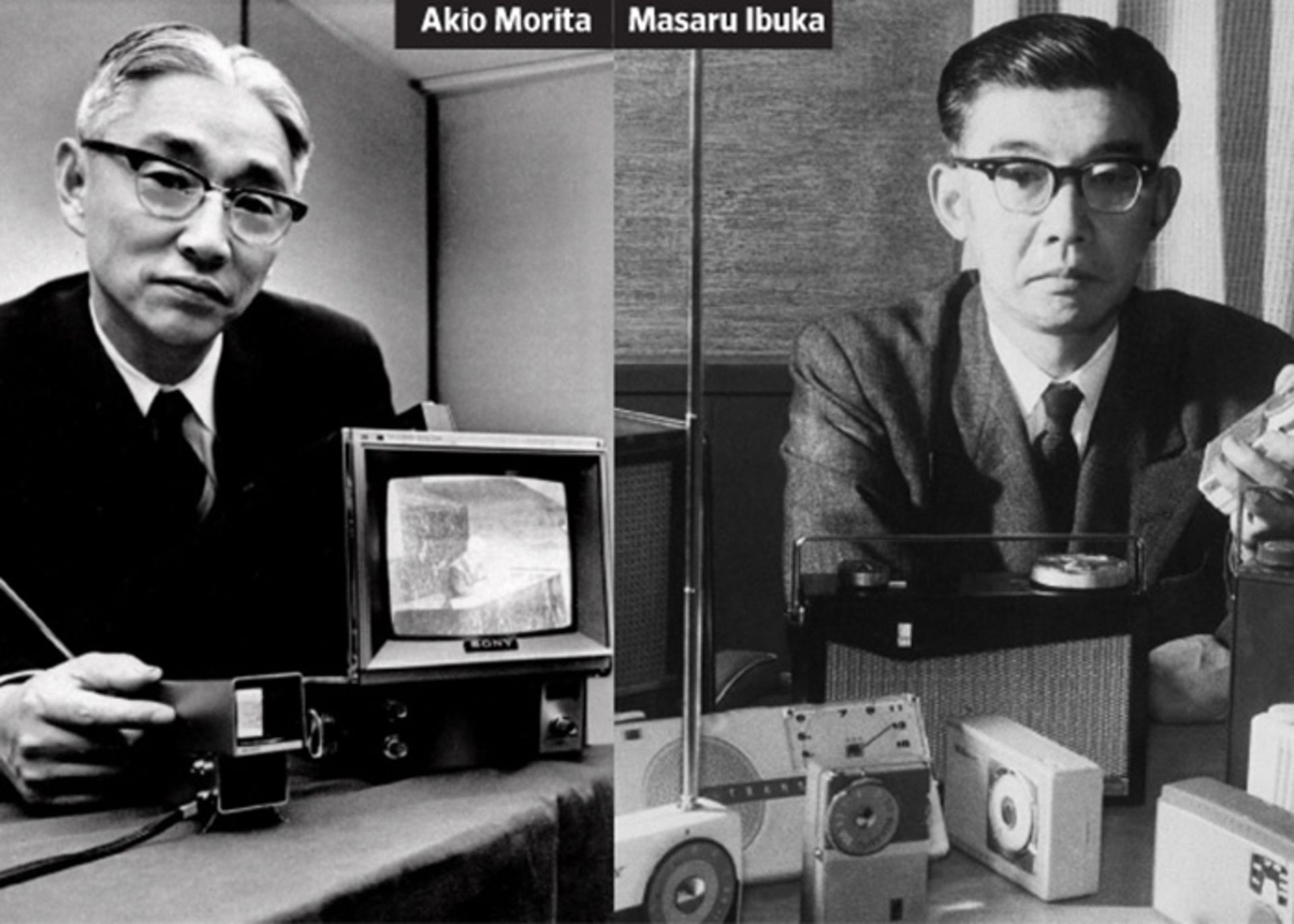
Ibuka and Morita, the founders of Sony Corporation, first met on a research committee studying new types of war weapons.
After some time passed, despite the big age difference, a deep friendship between Ibuka and Morita was formed. After the end of the war, Morita returned to his hometown and the communication between them was cut off. Until one day he read his friend’s name in a newspaper article and called Ibuka. Ibuka also asked him to get to Tokyo as soon as possible to start working with him again.
Sony’s brand name was originally supposed to be TTK or Totsuko
They were looking for a new name to advertise their company globally. Their intention was to choose the abbreviation of the company’s name, TTK, for advertising, but this name was already used. The word Totsuko was also another suggested name. But during his trip to America, Morita realized that it is difficult for Americans to pronounce this name.
They finally chose the name Sony from the combination of 2 words Sonus meaning sound and Sonny meaning young boy. Their purpose in choosing this name was to pronounce it in the same way in all languages of the world.
The company’s first product was a rice cooker, which, contrary to expectations, failed to meet expectations and failed. They did not get discouraged after their first failure and devoted more money to research. They focused on developing products that would benefit the Japanese people.
Sony; The first brand
During 77 years of operation, Sony has been able to launch the first product in many markets of the world. From Japan’s first tape recorder to Japan’s first transistor radio and other products.
Tape recorder

In 1950, the first Japanese tape recorder was made from its American model. This device was also not well received until Sony released a translated version of 999 Ways to Use the tape recorder.
After people became familiar with the product’s uses, the purchase request increased and the Sony tape recorder sold well. The demand for this product increased so much that the company had to expand its facilities to produce orders.
Transistor radio
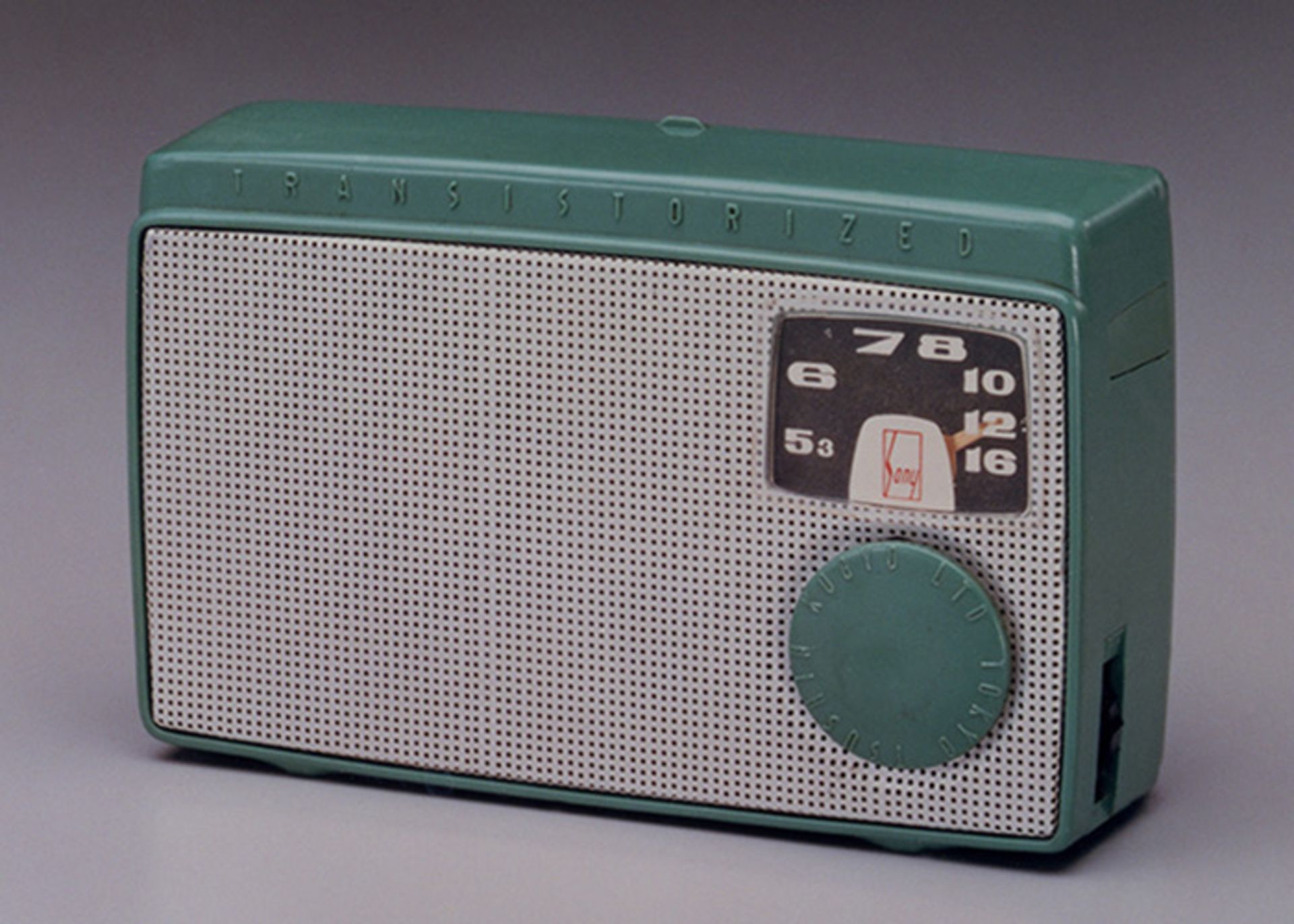
Japan’s first transistor radio was introduced in 1955 by Sony.
Portable TV
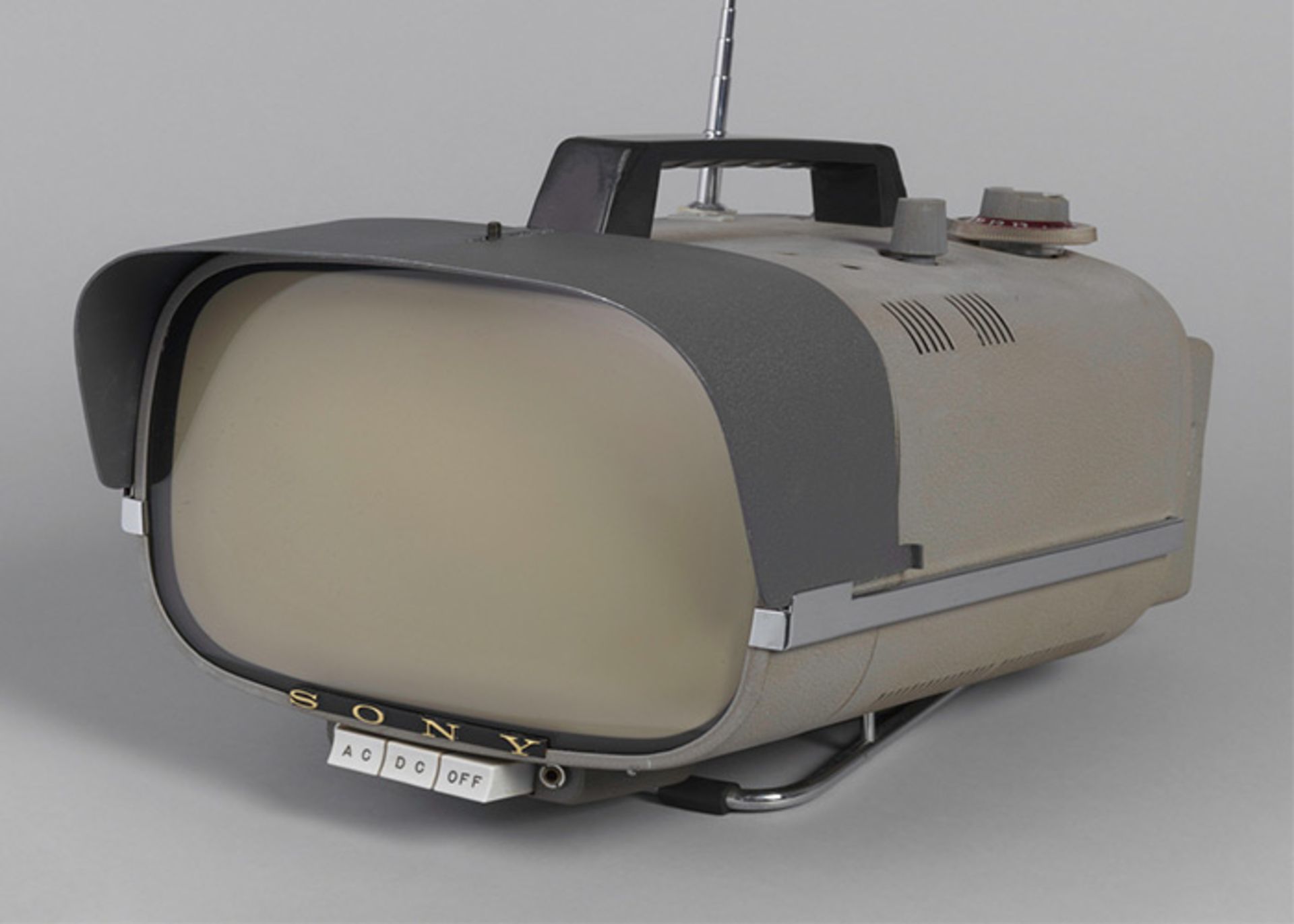
In 1960, Sony released the world’s first portable transistor TV. Sony used radio technology to produce this device.
The televisions of that time were big and in every house, a specific room was reserved for them. But these products brought a new definition of personal televisions to the market.
Video tape player
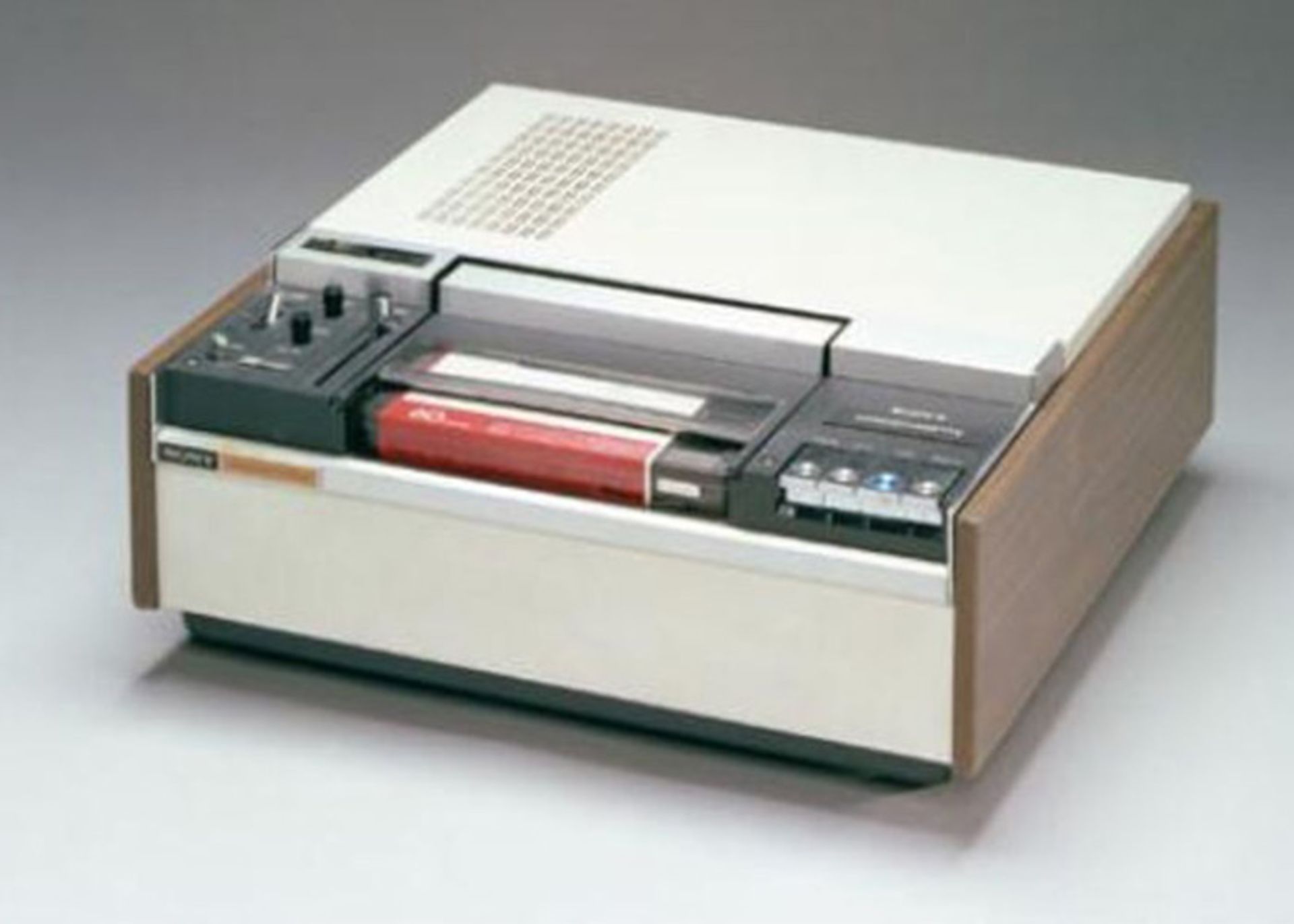
In 1971, Sony unveiled another product. This player was able to show videotapes in color inside the TV.
Masaru Ibuka retired in 1976 and was succeeded by Akio Morita as CEO.
The first generation Walkman

In 1979, Sony launched the first generation of Walkmans. These devices were portable and customers could listen to their favorite cassettes anywhere.
Many employees of the company believed that this device could not become popular among people without the ability to record sound. But contrary to their belief, this device introduced a new and successful lifestyle among people and achieved remarkable success.
The first CD player
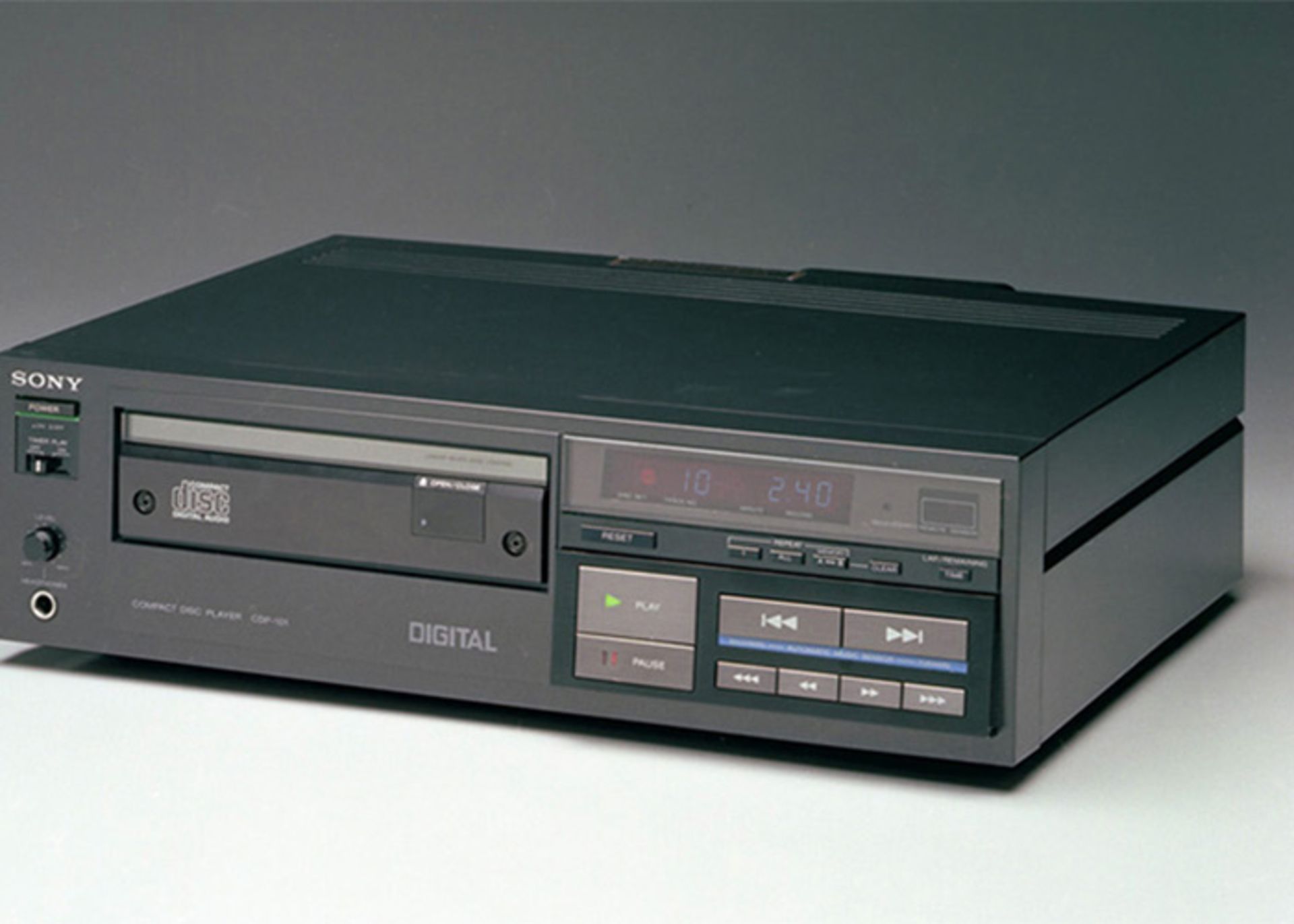
The world’s first CD player was launched in 1982 by Sony.
One of Sony’s senior managers, Norio Oga, was elected as the company’s CEO in 1989. Sony bought Columbia Pictures in the same year. This action was considered the biggest purchase of a Japanese company at that time.
PlayStation
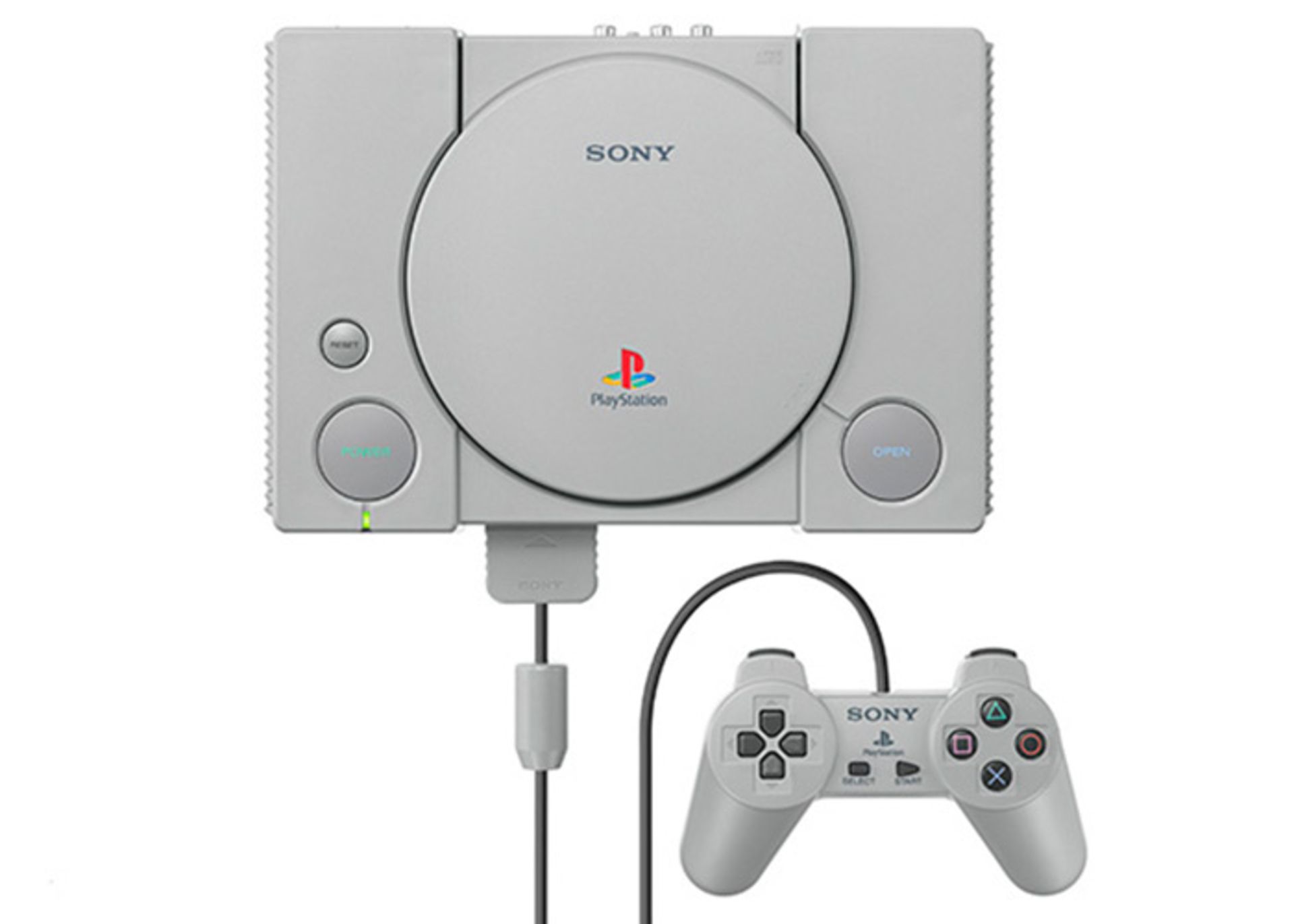
PlayStation is another important product of Sony. This product was sold in the Japanese market in 1994 and entered America and Europe in 1995.
PlayStation became so popular among people that its sales reached 10 million units by the end of 1996, and in 1998, about 50 million of this console had been sold. The production of new models of this product continues and today PlayStation 5 is considered the newest Sony console.
Digital camera
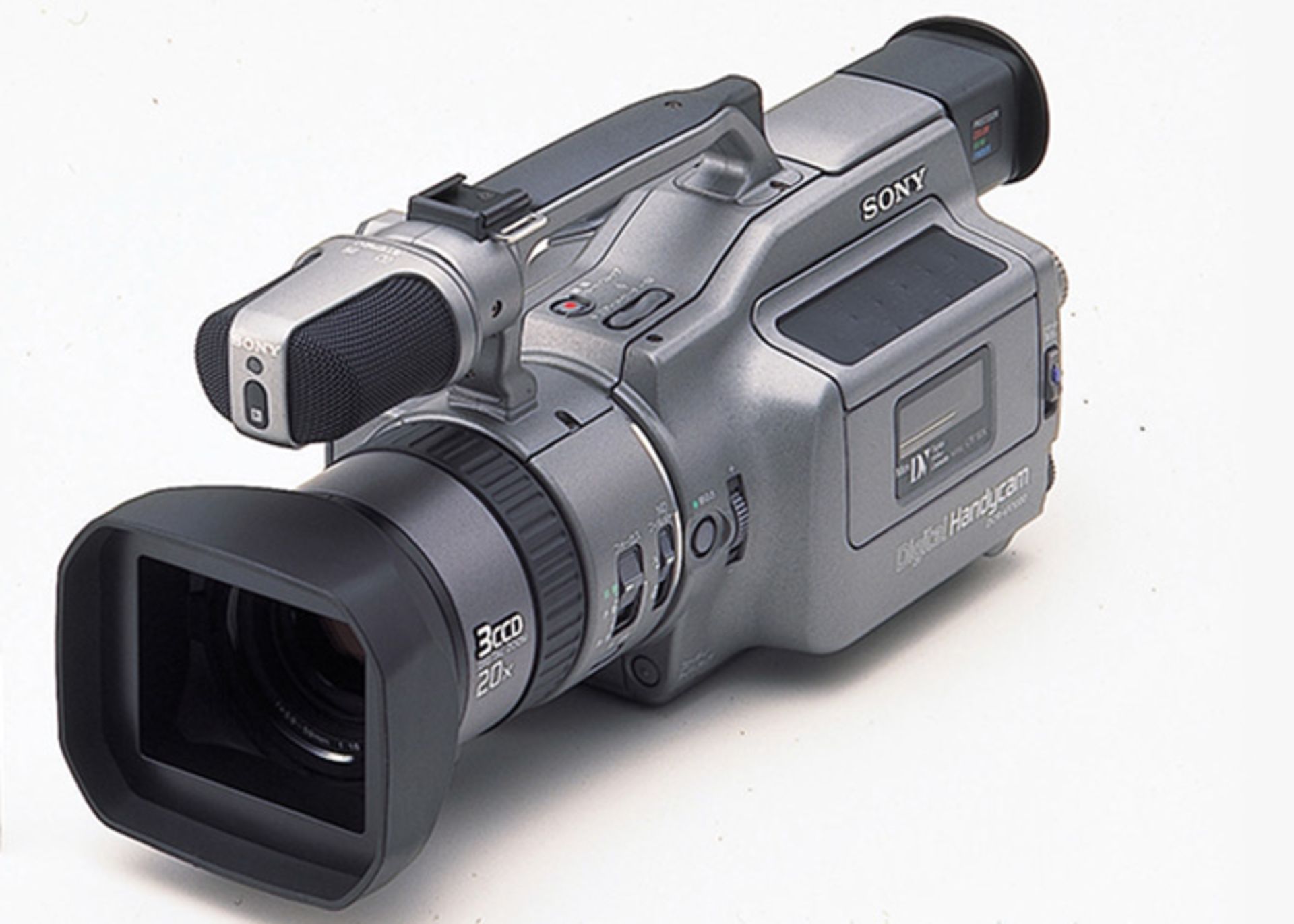
The first digital camera was launched by Sony in 1995. This device was very well built and recorded high-quality videos.
Sony Mobile

Sony Mobile Company started working in 2001 in cooperation with Ericsson. The company’s products were first marketed under the name of Sony Ericsson until Sony bought Ericsson’s shares in 2012. Since then, the phones of this company have entered the market under the name of Sony.
In 2012, Sony was able to win the title of the fourth mobile phone manufacturer. Xperia series mobile phones are the current flagships of this company. The Xperia brand doesn’t sell much at the moment, but Sony continues to produce products.
Vaio laptop

The first generation of Vaio laptops was launched in 1997. These laptops had a slim body and introduced a new concept of personal computers to the world.
Personal life of Masaru Ibuka

Masaru Ibuka was born on April 11, 1908 in Nikko, Japan. He graduated from the university in 1933 and worked in a film production company. Ibuka joined the Navy during World War II and was a member of the investigative committee; But after some time in 1945, he left the war to start his own radio repair workshop in Tokyo.
At that time, people followed the news of the world through the radio. As a result, starting a radio-related business was a good idea for a company. Ibuka and Akio founded Sony in 1946. Ibuka used transistors to make his company’s products. Therefore, Sony was introduced to the world as one of the first companies to use this technology for non-combat purposes.
Ibuka was a member of the Navy during World War II
In 1976, Ibuka was awarded an honorary doctorate from the University of Tokyo. He received two other honorary doctorate degrees in 1979 and 1994 from Tokyo and American universities.
Ibuka published a book titled “Kindergarten is Too Late” in 1971. In this book, he claimed that the most important time for human learning is from birth to three years old. As a result, he has suggested ways to teach skills to children at this time.
Ibuka was the leader of Sony until 1976 and then he retired; But even after that, he had a close relationship with company managers and guided them. He died in 1997 at the age of 89 due to heart failure.
Personal life of Akio Morita
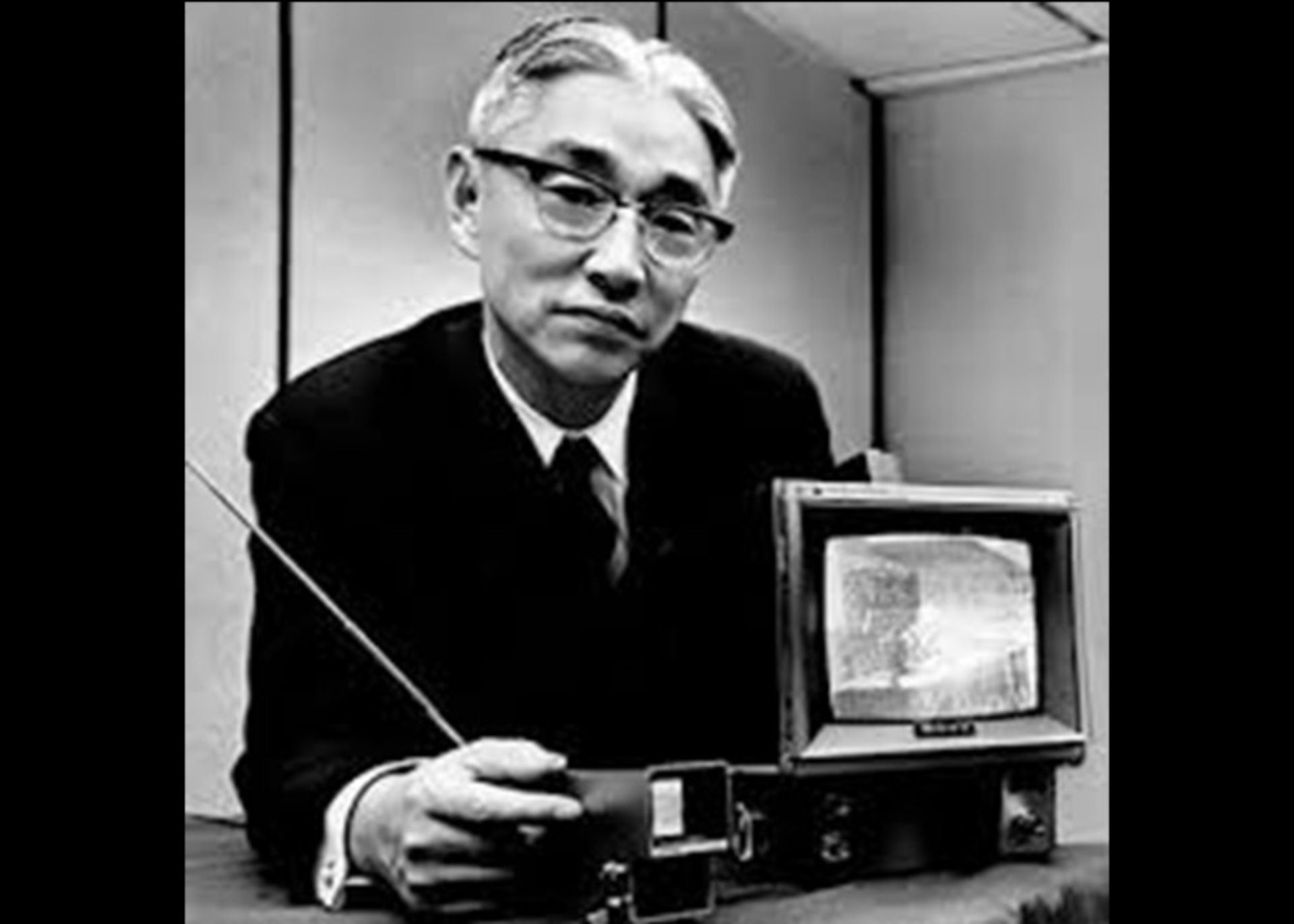
Akio Morita was born on January 26, 1921 in Japan. He was the eldest of his four siblings. As a result, his father trained him to manage the family business.
Akio was very interested in mathematics and physics and graduated from university with a degree in physics. During World War II, he became a member of the Japanese Army’s Research Committee, and while serving, met his future business partner, Masaru Ibuka.
Morita was a huge fan of all Sony products and worked hard to promote them. For example, the size of their first production radios was slightly larger than the standard shirt pocket size. Because they wanted to market their products as pocket radios, Morita made shirts for their employees with larger pockets to show customers that these radios were pocket radios.
Sony established its first branch in America in 1960. Sony was the first Japanese company to enter the US stock market. In 1994, Morita suffered a stroke while playing tennis and resigned from the chairmanship of Sony. He finally died of pneumonia in 1999 at the age of 78.
Sony failures
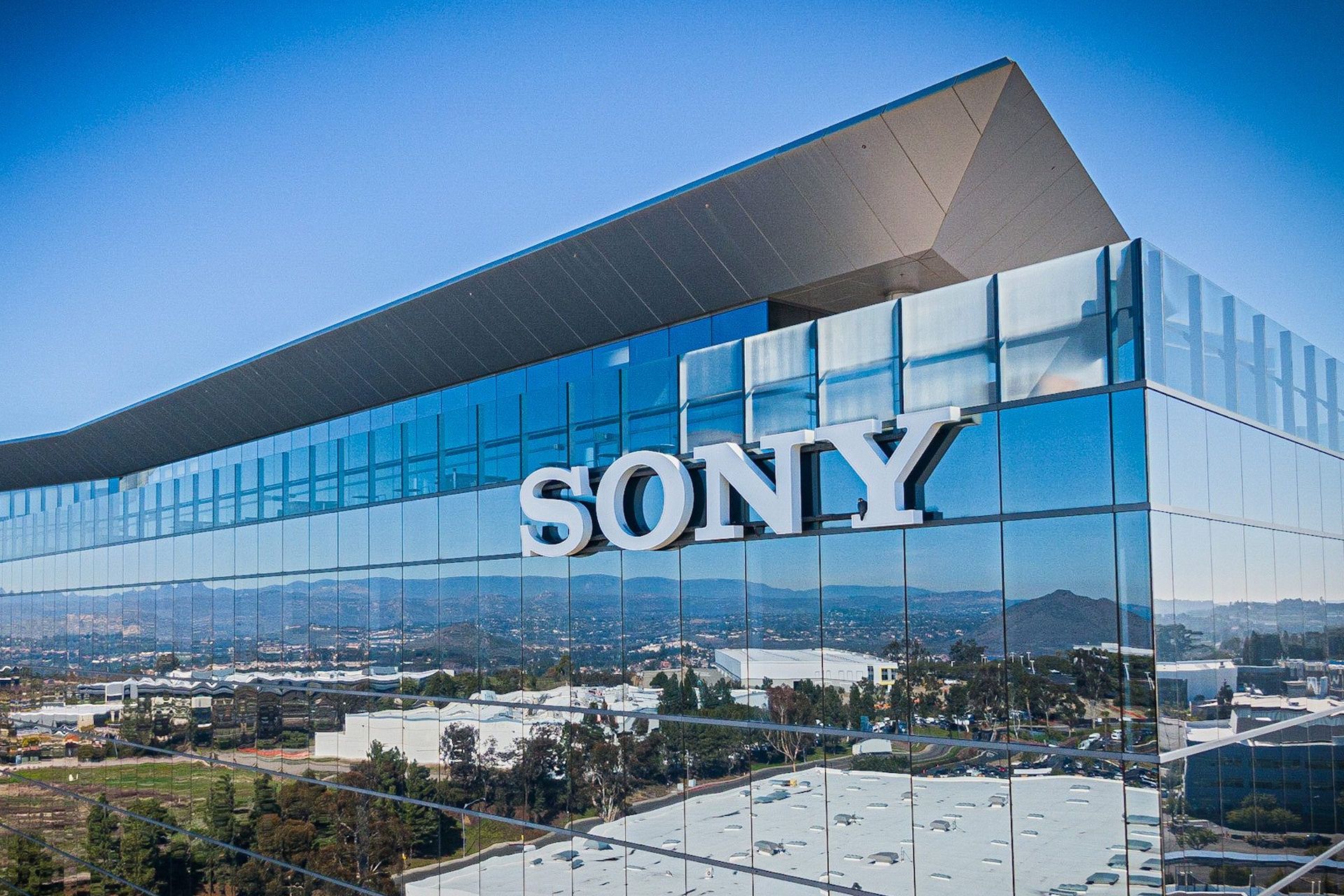
Since its establishment in 1964, Sony has produced successful and innovative products. Many of these products were entering the market for the first time, and as a result, they introduced a new concept of technology to the world; But no success story is without failures.
Sony Aibo

Sony robots were launched in 1999. These robots were in the form of cute dogs and had the power to learn. These robots could show emotions such as happiness, sadness, anger, surprise, fear and disinterest.
Sony robots were sold at a price of $2,500 and were very popular among their owners. But its high price prevented it from increasing its popularity and eventually, Sony stopped production.
Vaio music device
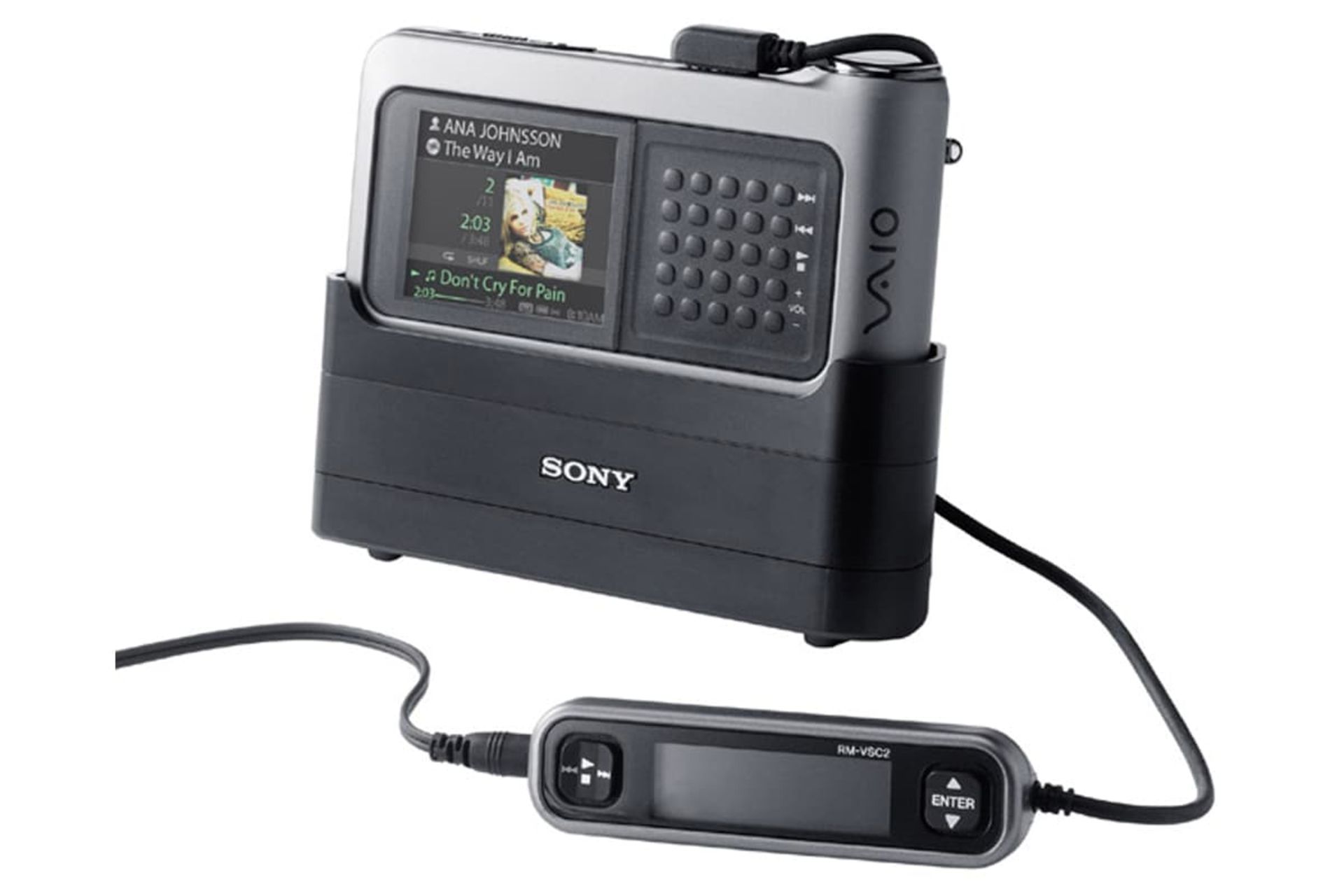
In 1979, Sony introduced a new concept of portability to the market by presenting its Walkman. The company had been Apple’s fierce competitor in digital music for two years, but its first product did not perform well.
The biggest mistake of the company was the dependence of files on the ATRACT format. Files with this format could only be used in Sony minidiscs. The ability to share files was the first word in digital music in 2000, and all files were released in MP3 format. As a result, this issue became a big challenge for Sony.
Sony e-Villa
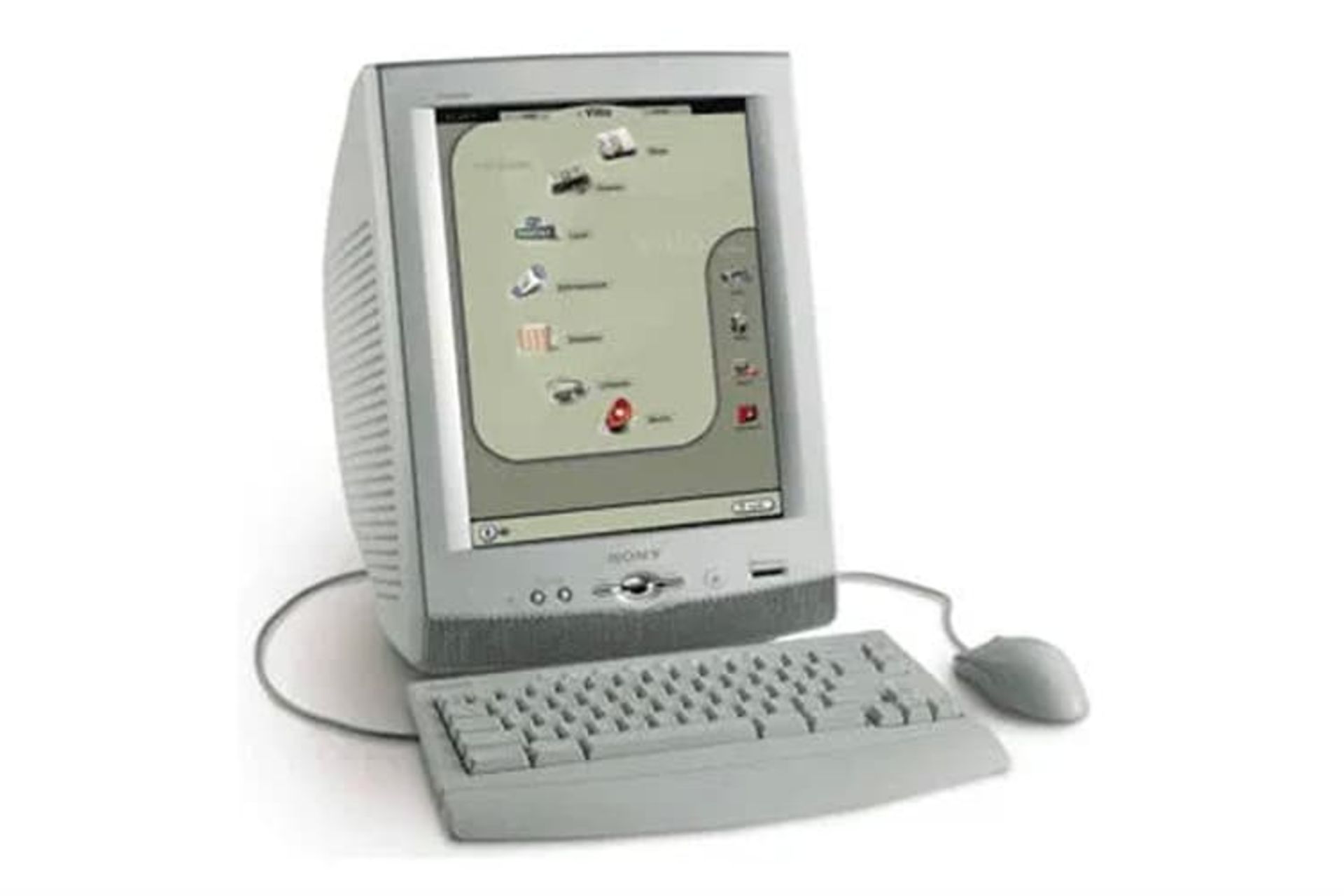
In 2001, many companies were offering Internet home appliances, including dedicated terminals for accessing the Internet and web browsers. Sony e-Villa was also a product that was launched with the same purpose.
The e-villa had a 15-inch monitor and a 56 kbps dial-up modem. e-Villa was designed to have access to email services and websites. At that time, there was a lot of competition between these devices and people preferred to use devices with Windows XP. As a result, Sony stopped the production of these products after three months.
Sony Airboard
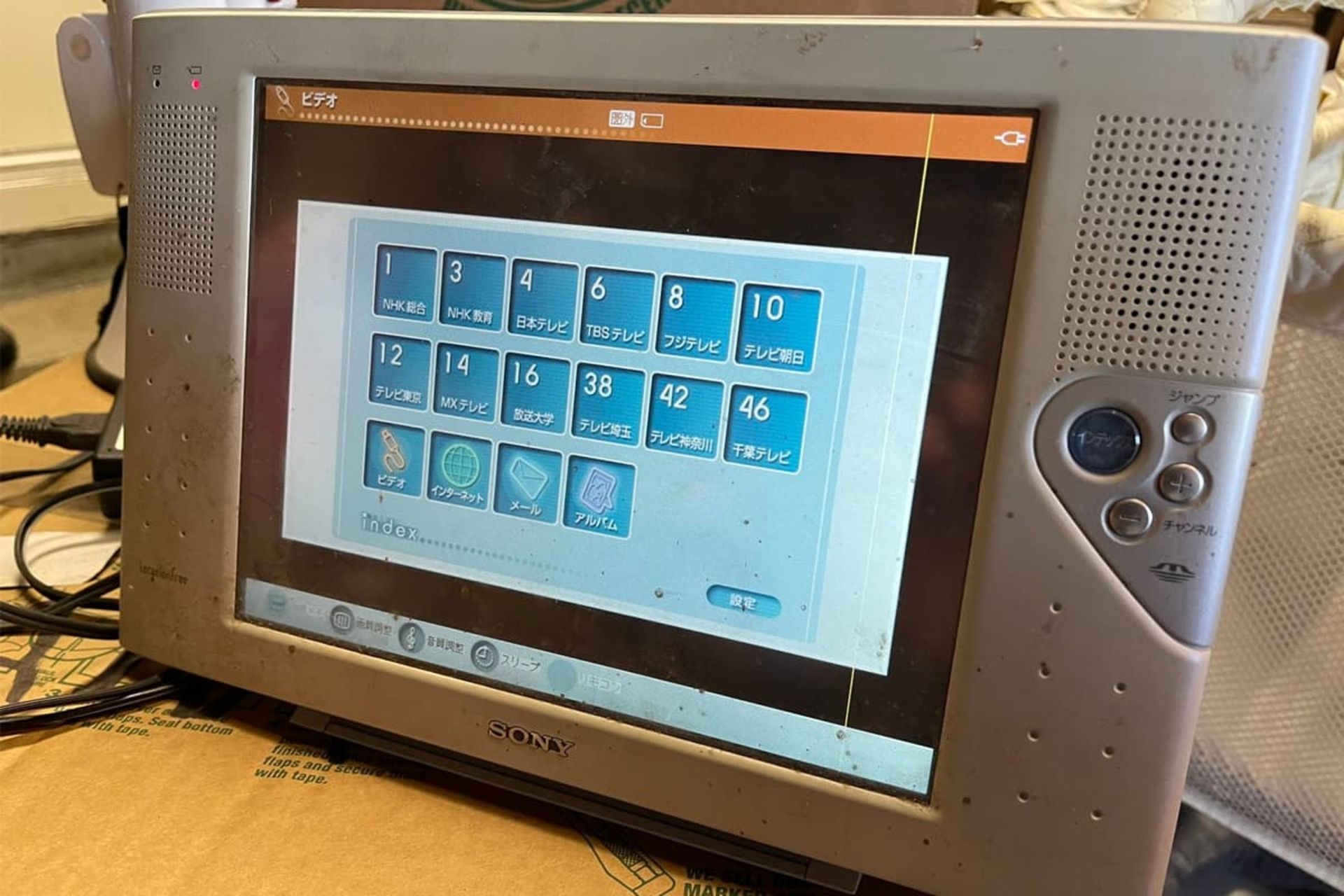
10 years before people became interested in watching videos on tablets, Sony launched a device called Airboard. The tablets of this family were 10 inches and had the possibility to connect to Wi-Fi and broadcast TV channels.
Using the picture-in-picture feature, users could search the Internet and watch TV. This device never caught on because people thought it was just a portable and expensive TV. Therefore, its production was stopped before entering the American market.
Sony PSX
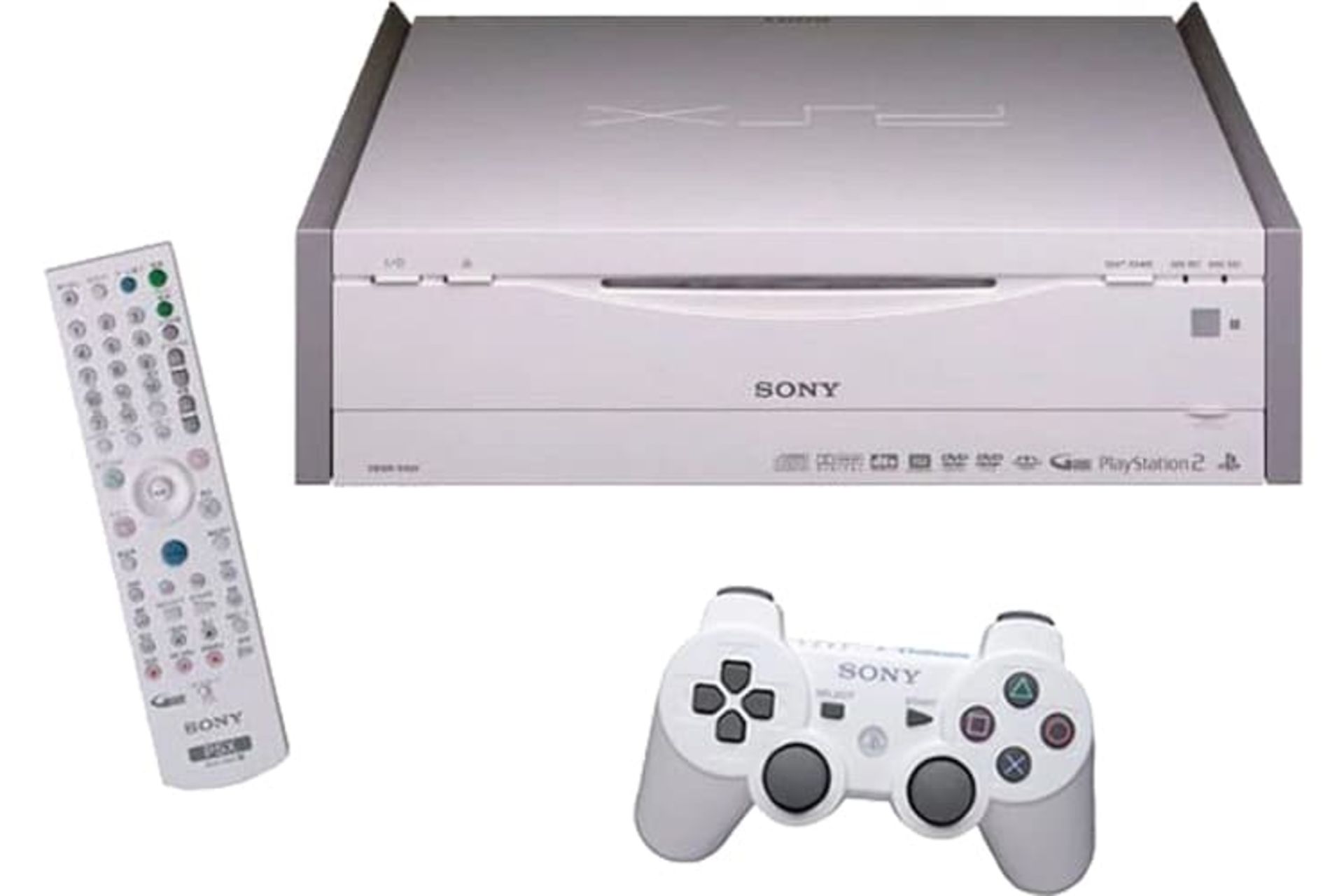
In 2003, Sony combined its two products, the PlayStation 2 and the video recorder, and marketed it as a single product. Using this product, customers could record the TV show on the storage memory or DVD at the same time as the game experience.
But the PSX, which was released only in Japan, was much larger and heavier than the PlayStation. Although this product did not have a high price, it could never attract many customers.
The current state of the Sony brand

Sony is one of the largest Japanese companies by revenue. The company reached the peak of profitability in the 1990s and 2000s due to the launch of its PlayStations, but faced financial problems in the late 2000s.
Read more: Samsung brand story; Full-view mirror of Korea’s commercial history
The global financial crisis, increased competition with PlayStation, and the earthquake in Japan in 2011 went hand in hand with Sony experiencing major failures for three years.
Due to the negative effects caused by natural disasters and exchange rates, the Times magazine called Sony a lack of flexibility and inability to measure the economy, but Sony was able to overcome all the crises in all these years by using innovation and became one of the top companies in the world. become in the television industry.
Sony’s current slogan is Be Moved, and the company aims to emotionally excite its customers with every product it offers.
Sony was able to pocket an operating profit of 1.21 trillion yen (about 8.9 billion dollars) in fiscal year 2022, which is a new record. Sony’s revenue in the final quarter of last year grew by 35 percent to about 3.06 trillion yen ($22.5 billion).


Adjective: The greatest; the best.
Pronoun: The greater part of a group, especially a group of people.
Noun: The greatest amount.
Noun: The greater part.
Noun: A record-setting amount.
How did the people of the past imagine the future?
How can you explain to people in the 1900s that a robot can sweep floors and carpets without any intervention by drawing a map of your house without sounding crazy?
To people of the last century, our technology today seems like magic; But that doesn’t mean they didn’t fantasize about what the future would be like. Many inventors and artists have depicted their own predictions of future technology. Let’s look at these paintings and then comment on their scope.
 Bird postman – 1892
Bird postman – 1892
The potential of human flight was one of the concerns of futurists. It is true that aviation has revolutionized our world, but the type of flying equipment and “flying cars” that captured the imagination a century ago will remain for the future.
One of the important innovations that the minds of the ancients often did not imagine is the Internet and modern wireless communications. In today’s world, the flying postman pictured here would probably be out of a job thanks to plain old email.
 Electric floor washer (electric scrubber) – 1899 | The vacuum cleaner was invented just two years after this image was made.
Electric floor washer (electric scrubber) – 1899 | The vacuum cleaner was invented just two years after this image was made.
The idea of a robot vacuum cleaner, now a reality in millions of homes, was apparently beyond imagination in the late 19th century.
 Machine learning-1901
Machine learning-1901
According to this prediction, teaching was supposed to become a very easy job by the year 2000. The principal simply feeds the history books into the machine, while an assistant (or perhaps a student being punished?) turns the handle and somehow wires the contents of the books to the headsets the students are wearing, and from there into their minds. sends Do you understand the necessity of the presence of the school principal in this process?
 Phone with photo – 1918
Phone with photo – 1918
The arrival of video-calling technology was predicted more than a century ago. The Electrical Experimenter magazine wrote in 1918: “Many inventors have attempted to invent a device or machine by which one person can see another while talking on the telephone.” According to the author of the magazine, such a device, which should naturally be called a “telephot”, will be invented sooner or later, because “everyone would like to have such a device.”
 Video call – 1942
Video call – 1942
Another article in the magazine Practical Electrics in 1942 predicted a similar device with moving pictures so interesting it is admirable.
 wheel of destruction
wheel of destruction
During World War I, specialized technology magazines were full of ideas that were hoped to bring an end to the long conflict. One of these inventions was the gyro-electric destroyer. “This 45-foot monster is steered by a large gyroscope wheel,” Electrical Experimenter magazine reported. “The destroyer travels at a speed of 40 to 60 miles per hour and because of its large diameter it easily rolls over trenches and other obstacles.”

The vision envisions a robot dog that readers can build for themselves; A wheeled device that operates with batteries and follows its owner’s metal cane through a magnet. It may have a cute face but don’t expect this dog to roll over, play, or react if something bad happens to you.
The idea of artificial pets doesn’t seem so strange nowadays. This is a concept that exists mostly in the field of cyberspace, exemplified by digital home assistants and artificial intelligence-based video game characters.
 Climate control – 1954
Climate control – 1954
The dramatic image above shows how future humans will be able to control the weather. This article describes an airplane that is dispatched to disperse a cloud that threatens to form a tornado. “In the age of the hydrogen bomb and supersonic flight, it’s possible that science will find ways not only to destroy tornadoes and hurricanes but also to influence weather conditions in ways that will boggle the imagination,” the magazine reports.
Read more: The future of generative artificial intelligence from its own language
 Food planning by computer – 1967
Food planning by computer – 1967
In 1967, Philco-Ford, a maker of electrical goods, produced a short film called 1999AD, showing how its future products might transform ordinary homes. The family in the film owns a space-age car, a large wall-filling television, and a large home computer that helps the family (specifically the mother) plan their meals. In the film, we see the father of the family using the computer to check the invoice for the clothes he bought online.


Do animals have an understanding of the concept of death?


What is Kali Linux? Everything you need to know about this popular but mysterious distribution


Sony Brand Story; From the production of rice cookers to becoming one of the most famous companies in the world


How did the people of the past imagine the future?


Mammoth and dodo return to nature


Canopus; What do we know about the second brightest star in the sky?


How to use iMessage on Android?


Can humans endure the psychological torment of living on Mars?


Xiaomi Glorimi M2 Max watch review; Alternative economic option for iPhone owners


Why do we humans sleep?
Popular
-



 Technology1 year ago
Technology1 year agoWho has checked our Whatsapp profile viewed my Whatsapp August 2023
-



 Technology1 year ago
Technology1 year agoSecond WhatsApp , how to install and download dual WhatsApp August 2023
-



 Technology1 year ago
Technology1 year agoHow to use ChatGPT on Android and iOS
-



 AI2 years ago
AI2 years agoUber replaces human drivers with robots
-



 Technology1 year ago
Technology1 year agoThe best Android tablets 2023, buying guide
-



 Technology1 year ago
Technology1 year agoThe best photography cameras 2023, buying guide and price
-



 Humans2 years ago
Humans2 years agoCell Rover analyzes the inside of cells without destroying them
-



 Technology1 year ago
Technology1 year agoHow to prevent automatic download of applications on Samsung phones
